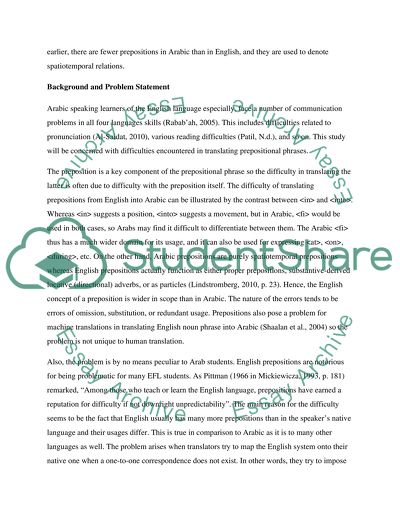Cite this document
(“A Contrastive Study between English and Arabic Prepositional Phrases Essay”, n.d.)
Retrieved from https://studentshare.org/education/1407103-a-contrastive-study-between-english-and-arabic-prepositional-phrases
Retrieved from https://studentshare.org/education/1407103-a-contrastive-study-between-english-and-arabic-prepositional-phrases
(A Contrastive Study Between English and Arabic Prepositional Phrases Essay)
https://studentshare.org/education/1407103-a-contrastive-study-between-english-and-arabic-prepositional-phrases.
https://studentshare.org/education/1407103-a-contrastive-study-between-english-and-arabic-prepositional-phrases.
“A Contrastive Study Between English and Arabic Prepositional Phrases Essay”, n.d. https://studentshare.org/education/1407103-a-contrastive-study-between-english-and-arabic-prepositional-phrases.


